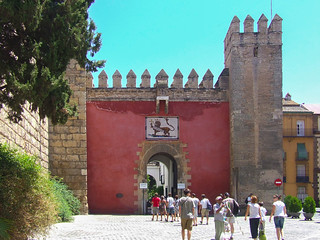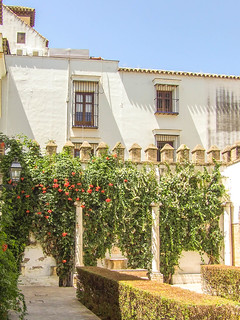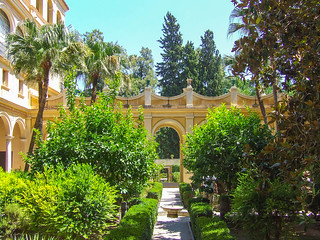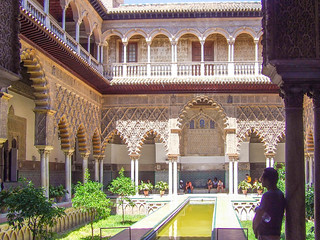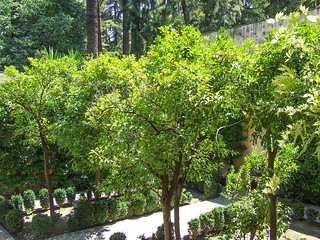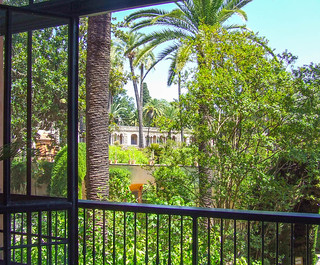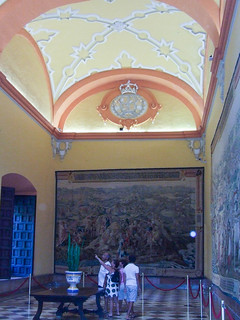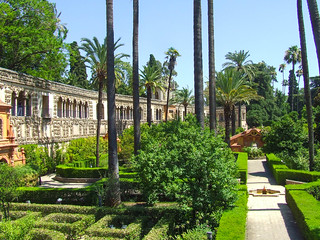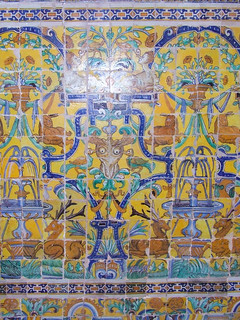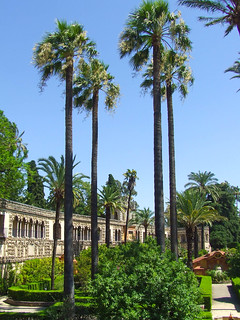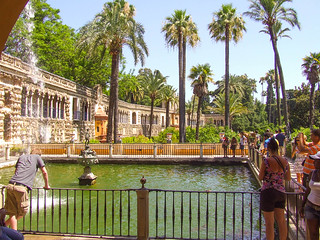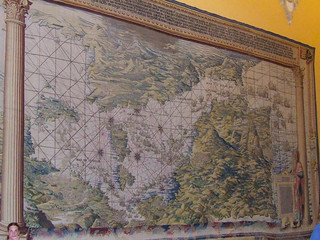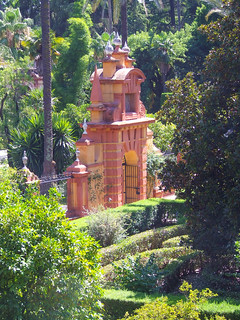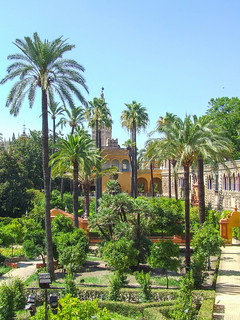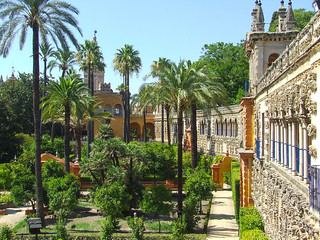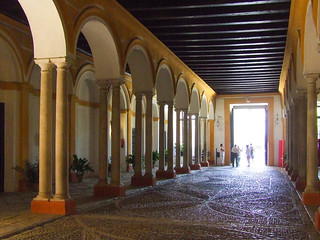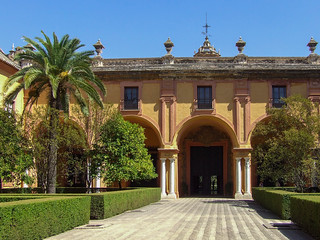About Alcázar of Seville
The Royal Alcázars of Seville (Spanish: Reales Alcázares de Sevilla), historically known as al-Qasr al-Muriq, and commonly known as the Alcázar of Seville, is a royal palace in Seville, Spain, built for King Peter of Castile. It was built by the Castilians on the site of an Abbadid alcázar, or residential fortress. The fortress was destroyed after the Castilian conquest of Seville in 1248
The palace is a preeminent example of Mudéjar style in the Iberian Peninsula, combining Romanesque, Gothic, and Renaissance structural elements. The upper stories of the alcázar are still occupied by the royal family when they visit Seville and are administered by the Patrimonio Nacional. It was registered in 1987 by UNESCO as a World Heritage Site, along with the adjoining Seville Cathedral and the General Archive of the Indies.
In the year 712, Seville was conquered by the Umayyad Caliphate. In the year 913–914, after a revolt against Cordoba's government, the first caliph of Al-Andalus Abd al-Rahman III built a fortified construction in place of a Visigothic Christian basilica. It was a quadrangular, roughly square enclosure about 100 meters long on each side, fortified with walls and rectangular towers, and annexed to the city walls.[13][14] In the 11th century, during the Taifa period, the Abbadid king Al-Mu'tamid expanded the complex southwards and eastwards, with a new southern enclosure measuring approximately 70 by 80 meters.
Towards 1150, the Almohad Caliphs began to develop Seville as their capital in Al-Andalus. The Almohad governor extended the fortified complex to the west, nearly doubling its size. At least six new courtyard palaces were constructed in the old enclosures and nine palaces were added in the western extensions.
There are few remnants of these Islamic-era constructions today. Archaeological remains of the Al Mubarak Palace are currently preserved under Patio de la Monteria. Several wall painting fragments were found that are now exhibited in the Palacio del Yeso.[12] The courtyard buildings now known as the Palacio del Yeso, the Palacio de la Contratación, and the Patio del Crucero all preserve remains from the Almohad period.
en.wikipedia.org
